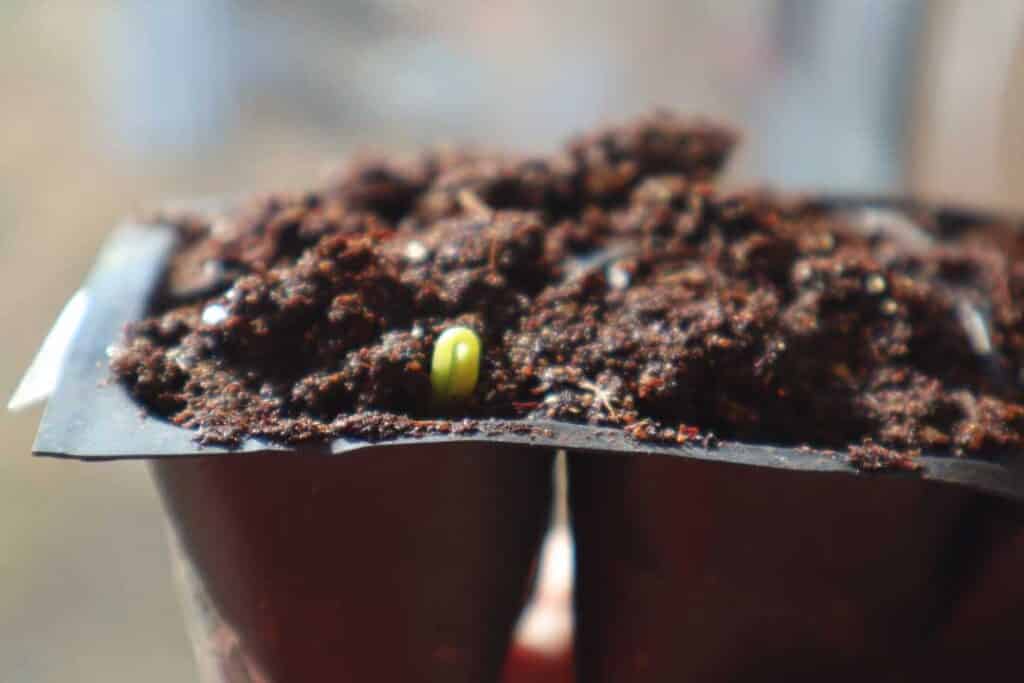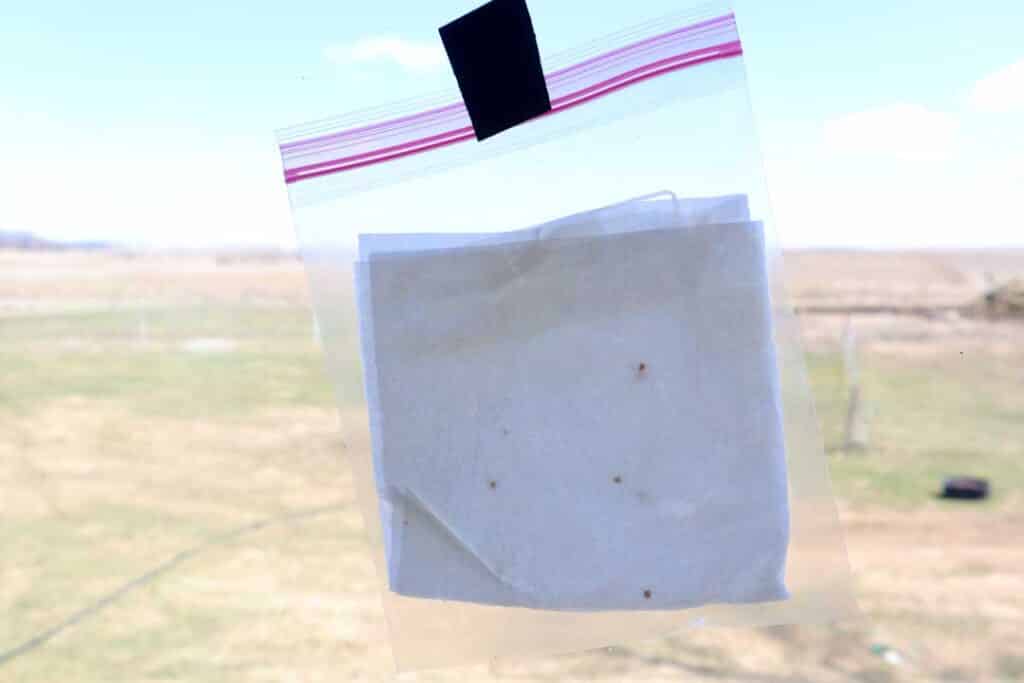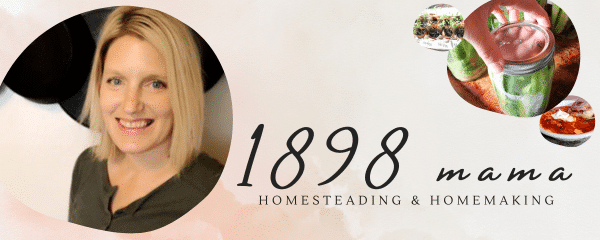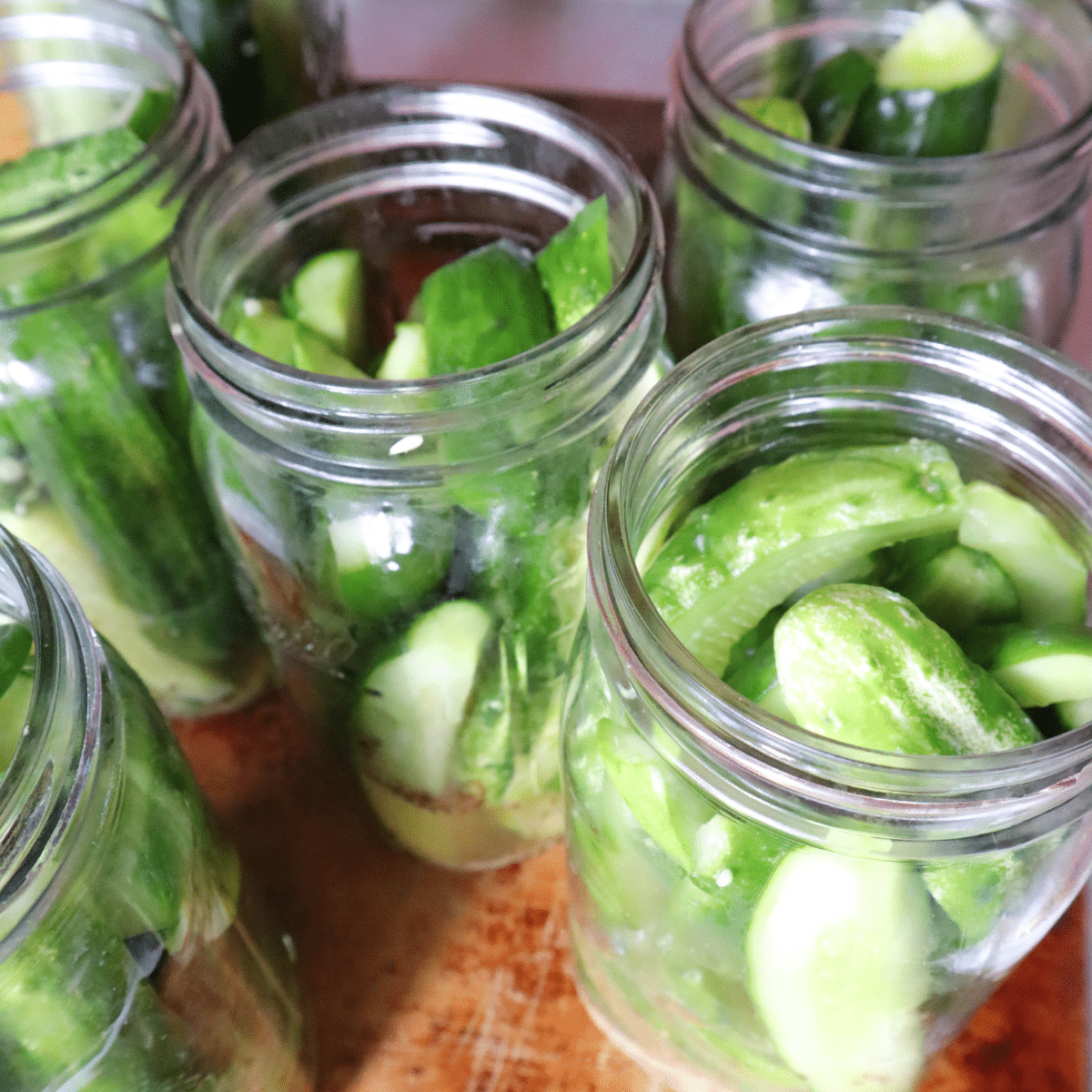Complete Guide on How to Germinate Seed Successfully
Learn how to germinate seed successfully in soil or with the paper towel method. Both are an easy way to get your own plants started.
What is Seed Germination?
Seed germination is the sprouting of a seed. For vegetable gardening, it is usually talked about when starting seeds indoors. Putting some soil in seedling trays, making a small hole to place the seed in, and then watching the sprouted seeds grow. The germination process is the seed leaving its dormant state and becoming awake. Normally, seeds will need to be started in late winter or early spring.
Why is germination of seeds necessary?
When you live in a colder-climate, the natural growing season isn’t long enough to grow your own food. Germinating seeds gives the garden a head start in the very early spring.
A home gardener might start some of these seeds indoors for a vegetable garden:
- Tomato seeds
- Pepper seeds
- Squash seeds
What do seeds need to germinate?
Water, oxygen, and warmth are all things a seed needs to germinate. Making sure a seed has enough moisture, good air circulation, and are planted in the optimal temperature will help in the success of a high germination rate.
How to Germinate Seed
Prepare a seed-starting mix by moistening the with hot water. The soil moisture level should be damp, not soaking.
Place the warm soil in your choice of seed containers. Some options are seed trays, egg cartons, solo cups, or any other type of container that can have holes in the bottom to let excess water out.

Place the seed into soil. The rule of thumb is to plant the seed two times as deep as it is wide. So, for larger seeds like pumpkin, you will go deeper into the soil surface. However, with small seeds like tomato, just placing the seed right on top of the soil and then sprinkling some soil on top is a good idea. Read seed package to know the exact seed depth that the plant will need as each plant as different germination requirements.

After the seeds have been placed in the moist soil, spray the top of the soil with a spray bottle.

Then, place some kind of plastic wrap on top to mimic a greenhouse. Saran wrap is a cheap option, but there are things such as this that work wonders. Moisture and humidity creates optimal conditions for a good success rate.

Afterwards, place them onto a heat mat or in front of a heat source to keep the soil warm. At this point, there are no light requirements, only a warm place is needed.
Seed Germination
At the beginning of the seed germination, the seed will soak up water and swell. This results in a seed coat getting soft and starting the growth process. The root will rupture the seed coat and emerge, starting to shoot upward out of the soil.
The first day that you see a root, you need to remove the plastic wrap from the seeds and place under a light source. Depending on where you live, a south-facing window may or may not give off enough light. Learn how to make a DIY grow light set up to get the ideal conditions going for your new seeds.

Paper Towel Method
You probably have heard of the paper towel method to germinate seeds. This is a great way to germinate old seeds as you won’t be wasting soil in hopes of a high germination rate.
You will need a plastic bag, paper towel or coffee filters, tape, and seeds.
Dampen paper towel so they are wet but not soaking. If too wet, your seeds will mold.

Place seeds on top on damp paper towel and the fold paper towel in half.

Place in bag and tape bag up onto a south-facing window. Another option is to place paper towel in a shallow container.

Check daily for germination and to make sure the paper towel is still damp. If it is drying out, spray some water on it with a spray bottle.
When you see a root sprouting, it is time to plant the seed. Very carefully, pick up the germinated seed and place into seed starting pots. Do not hurt the root. If the root gets damaged, the plant won’t survive.
If the root has grown into the paper towel, cut around the seed and keep attached to the paper towel. Plant the seed, paper towel and all.
Place the seedlings into direct sunlight or under grow lights, making sure they stay warm and moist from here on out until it is time to transplant into your garden’s soil.
It’s Not Working!?!
Sometimes, seeds aren’t germinating. Here are some common reasons that a seed might not germinate.
- Moisture Level: If the seed is left sitting in water, it won’t germinate. On the other hand, if things are too dry, they won’t germinate either. Whether using soil or the paper towel, make sure things are damp.
- Age of seed: The older the seed, the less likely it is to germinate. Check the seed packet to see what year the seeds were saved.
- Temperature: Seeds need heat. The best way to get the right temperature is to buy seed starting heating mats.
- Light: Some seeds need light to germinate. Place under a grow light or in direct sunlight.
- Depth of Planting: The general rule of thumb is to plant a seed at a depth of two times the width of the seed. The best way to sow very small seeds is to scatter them on the surface and very lightly cover with a sprinkling of soil.
- Soaking: If things still aren’t working, try soaking seeds in warm water. Seeds with hard or thick outer seed coats take a long time to absorb the water they need to germinate.
Save this Post for Later

This post may contain affiliate links which I would receive a small commission at no additional cost to you. Please read disclaimer and privacy policy for full disclosure.






